Lockout/Tagout
Return to elevatorbob's Safety
Return to elevatorbob's Elevator Pictures
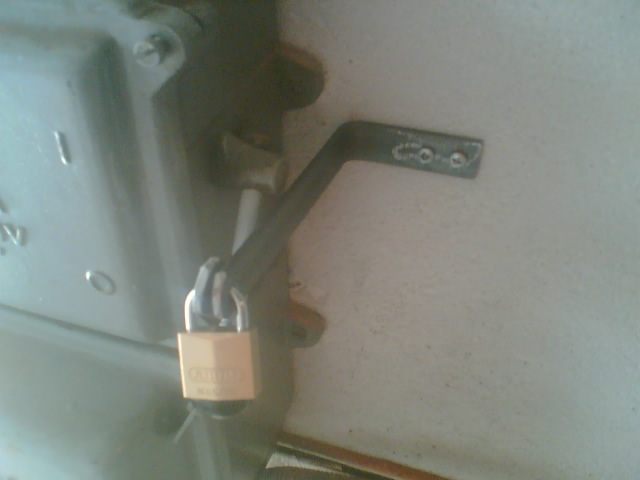
Innovative Main Disconnect Lockout Device #1
Image and device provided by: Hans van Lunsen - The Netherlands
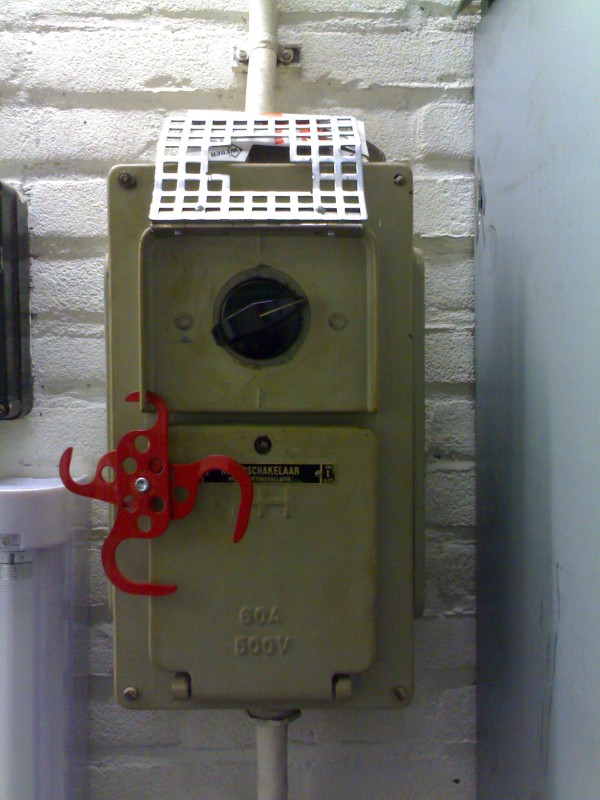
Innovative Main Disconnect Lockout Device #2
Image and device provided by: Hans van Lunsen - The Netherlands

Innovative Main Disconnect Lockout Device #3
Image and device provided by: Hans van Lunsen - The Netherlands
(Replace the smaller pin with a pad lock)
U.S. Department of Labor Lockout/Tagout Interactive Training Program



 E-mail me a link, image, suggestion, or comment!
E-mail me a link, image, suggestion, or comment! 
Top of Page
Bob Desnoyers Elevator & Escalator Inspections, Inc.
Vertical Transportation Consultants & Inspectors
Vertical Transportation Authorities Having Jurisdiction
State of California - Conveyance - Authority Having Jurisdiction Site Map
Return to elevatorbob's Elevator Pictures
Bob Desnoyers
Advertise on One Stop Elevator
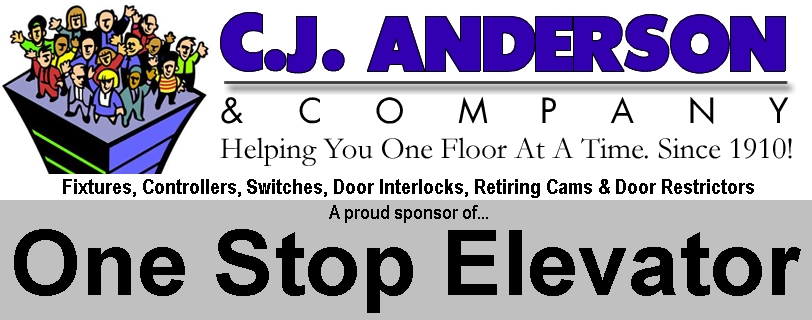






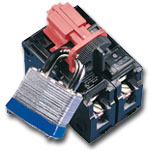
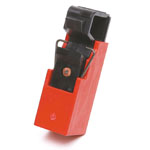

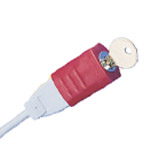

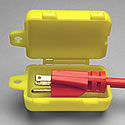


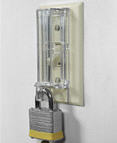
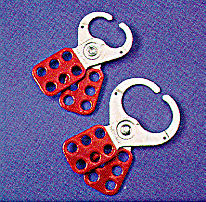
![]()
![]()
![]()
 E-mail me a link, image, suggestion, or comment!
E-mail me a link, image, suggestion, or comment! 
